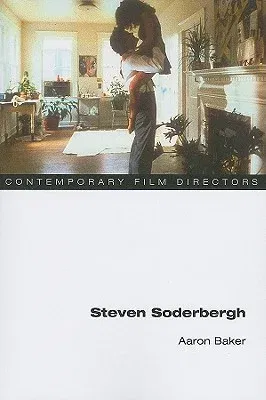Steven Soderbergh's feature films present a diverse range of subject
matter and formal styles: from the self-absorption of his breakthrough
hit Sex, Lies, and Videotape to populist social problem films such as
Erin Brockovich, and from the modernist discontinuity of Full
Frontal and filmed performance art of Gray's Anatomy to a glossy,
star-studded action blockbuster such as Ocean's Eleven. Using a
combination of realism and expressive stylization of character
subjectivity, Soderbergh's films diverge from the contemporary Hollywood
mainstream through the statements they offer on issues including
political repression, illegal drugs, violence, environmental
degradation, the empowering and controlling potential of digital
technology, and economic inequality. Arguing that Soderbergh practices
an eclectic type of moviemaking indebted both to the European art cinema
and the Hollywood genre film, Aaron Baker charts the common thematic and
formal patterns present across Soderbergh's oeuvre. Almost every movie
centers on an alienated main character, and Soderbergh has repeatedly
emphasized place as a major factor in his narratives. Formally, he
represents the unconventional thinking of his outsider protagonists
through a discontinuous editing style. Including detailed analyses of
major films as well as two interviews with the director, this volume
illustrates Soderbergh's hybrid flexibility in bringing an independent
aesthetic to wide audiences.

